Latest Posts by space-cute - Page 3


Milky Way at Boddington, Western Australia
Nikon d5500 - 50mm - ISO 4000 - f/3.2 - Foreground: 7 x 15 seconds - Sky: 26 x 30 seconds - iOptron SkyTracker - Hoya Red Intensifier filter

Summer Milky Way at Lake Dornducking, Western Australia
Nikon d5500 - 50mm - ISO 3200 - f/2.8 - Foreground: 10 x 13 seconds - Sky: 40 x 30 seconds - iOptron SkyTracker - Hoya Red Intensifier filter
Astronaut tweets
































Happy 90th birthday to Buzz Aldrin.






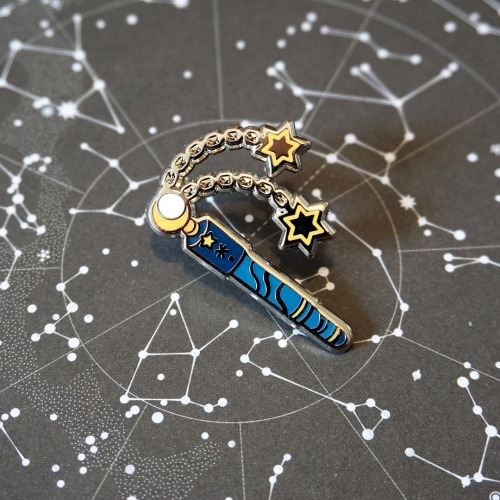



Stellar Armory Pins
Atelier Persephone on Etsy
From Discovering the Secrets of the Universe to In-Space Servicing, We’ve Got The Tools for the Job
If you need to fix something on Earth, you could go to a store, buy the tools you need, and get started. In space, it’s not that easy.

Aside from the obvious challenges associated with space (like it being cold and there being no gravity), developing the right tools requires a great deal of creativity because every task is different, especially when the tools need to be designed from scratch. From the time an engineer dreams up the right tools to the time they are used in space, it can be quite a process.
On Nov. 15, astronauts Luca Parmitano and Drew Morgan began a series of spacewalks to repair an instrument called the Alpha Magnetic Spectrometer (AMS-2) on the exterior of the International Space Station. The first of four spacewalk focused on using specialized tools to remove shields and covers, to gain access to the heart of AMS to perform the repairs, and install a new cooling system.

The debris shield that covered Alpha Magnetic Spectrometer floats away toward Earth as astronaut Drew Morgan successfully releases it.
Once repaired, AMS will continue to help us understand more about the formation of the universe and search for evidence of dark matter and antimatter.
These spacewalks, or extravehicular activities (EVAs), are the most complex of their kind since the servicing of the Hubble Space Telescope. AMS is particularly challenging to repair not only because of the instrument’s complexity and sensitivity, but also because it was never designed to be fixed. Because of this design, it does not have the kinds of interfaces that make spacewalks easier, or the ability to be operated on with traditional multi-purpose tools. These operations are so complex, their design and planning has taken four years. Let’s take a look at how we got ready to repair AMS.

Thinking Outside of the (Tool) Box
When designing the tools, our engineers need to keep in mind various complications that would not come into play when fixing something on Earth. For example, if you put a screw down while you’re on Earth, gravity will keep it there — in space, you have to consistently make sure each part is secure or it will float away. You also have to add a pressurized space suit with limited dexterity to the equation, which further complicates the tool design.

In addition to regular space complications, the AMS instrument itself presents many challenges — with over 300,000 data channels, it was considered too complex to service and therefore was not designed to one day be repaired or updated if needed. Additionally, astronauts have never before cut and reconnected micro-fluid lines (4 millimeters wide, less than the width of the average pencil) during a spacewalk, which is necessary to repair AMS, so our engineers had to develop the tools for this big first.

With all of this necessary out-of-the-box thinking, who better to go to for help than the teams that worked on the most well-known repair missions — the Hubble servicing missions and the space station tool teams? Building on the legacy of these missions, some of our same engineers that developed tools for the Hubble servicing missions and space station maintenance got to work designing the necessary tools for the AMS repair, some reworked from Hubble, and some from scratch. In total, the teams from Goddard Space Flight Center’s Satellite Servicing Projects Division, Johnson Space Center, and AMS Project Office developed 21 tools for the mission.
Designing and Building
Like many great inventions, it all starts with a sketch. Engineers figure out what steps need to be taken to accomplish the task, and imagine the necessary tools to get the job done.
From there, engineers develop a computer-aided design (CAD) model, and get to building a prototype. Tools will then undergo multiple iterations and testing with the AMS repair team and astronauts to get the design just right, until eventually, they are finalized, ready to undergo vibration and thermal vacuum testing to make sure they can withstand the harsh conditions of launch and use in the space environment.
Hex Head Capture Tool Progression:

Hex Head Capture Tool Used in Space:

Practice Makes Perfect
One of the reasons the AMS spacewalks have been four years in the making is because the complexity of the repairs required the astronauts to take extra time to practice. Over many months, astronauts tasked with performing the spacewalks practiced the AMS repair procedures in numerous ways to make sure they were ready for action. They practiced in:
Virtual reality simulations:

The Neutral Buoyancy Laboratory:

The Active Response Gravity Offload System (ARGOS):

Astronauts use this testing to develop and practice procedures in space-like conditions, but also to figure out what works and doesn’t work, and what changes need to be made. A great example is a part of the repair that involves cutting and reconnecting fluid lines. When astronauts practiced cutting the fluid lines during testing here on Earth, they found it was difficult to identify which was the right one to cut based on sight alone.
The tubes on the AMS essentially look the same.

After discussing the concern with the team monitoring the EVAs, the engineers once again got to work to fix the problem.

And thus, the Tube Cutting Guide tool was born! Necessity is the mother of invention and the team could not have anticipated the astronauts would need such a tool until they actually began practicing. The Tube Cutting Guide provides alignment guides, fiducials and visual access to enable astronauts to differentiate between the tubes. After each of eight tubes is cut, a newly designed protective numbered cap is installed to cover the sharp tubing.

Off to Space

With the tools and repair procedures tested and ready to go, they launched to the International Space Station earlier this year. Now they’re in the middle of the main event – Luca and Drew completed the first spacewalk last Friday, taking things apart to access the interior of the AMS instrument. Currently, there are three other spacewalks scheduled over the course of a month. The next spacewalk will happen on Nov. 22 and will put the Tube Cutting Guide to use when astronauts reconnect the tubes to a new cooling system.
With the ingenuity of our tool designers and engineers, and our astronauts’ vigorous practice, AMS will be in good hands.

Check out the full video for the first spacewalk. Below you can check out each of the Goddard tools above in action in space!
Debris Shield Worksite: 2:29:16 – Debris Shield Handling Aid 2:35:25 – Hex Head Capture Tool (first) 2:53:31 – #10 Allen Bit 2:54:59 – Capture Cages 3:16:35 – #10 Allen Bit (diagonal side) 3:20:58 – Socket Head Capture Tool 3:33:35 – Hex Head Capture Tool (last) 3:39:35 – Fastener Capture Block 3:40:55 – Debris Shield removal 3:46:46 – Debris Shield jettison
Vertical Support Beam (VSB) Worksite: 5:15:27 – VSB Cover Handling Aid 5:18:05 – #10 Allen Bit 5:24:34 – Socket Head Capture Tool 5:41:54 – VSB Cover breaking 5:45:22 – VSB Cover jettison 5:58:20 – Top Spacer Tool & M4 Allen Bit 6:08:25 – Top Spacer removal 7:42:05 - Astronaut shoutout to the tools team
Make sure to follow us on Tumblr for your regular dose of space: http://nasa.tumblr.com.

hey, @bunjywunjy - this might be your jam (and any other dinosaur enthusiasts, it’s a heck of a read)

hey, @bunjywunjy - this might be your jam (and any other dinosaur enthusiasts, it’s a heck of a read)
![The Storm That Missed Earth – “A Typical CME [coronal Mass Ejection] Travels At About 1 Million Mph](https://64.media.tumblr.com/caa94b6fcb4a85e53d127a18f5ba580f/26d40cd7d14be5be-e5/s500x750/9b4b3d42ee05ebf7cb516e8a9fbd75d48f0bb26b.jpg)
The Storm That Missed Earth – “A typical CME [coronal mass ejection] travels at about 1 million mph [1,609,344 kilometers per hour]. This model of the [23 July 2012] event shows the CME (red) speeding in the direction of STEREO A at 6.7 million mph [10,782,604.8 kilometers per hour].” [1024 x 576] by trot-trot
★☆★ SPACE ★☆★

Did you know? by mymorningjacket
★☆★ SPACE ★☆★
What would happen if I go into a black hole? Do you think I would disappear forever or would I still exist inside the black hole?

Pale Blue Dot (read comment) by AIEH5813
★☆★ SPACE ★☆★
TIL astronaut Jack Schmidt discovered he was allergic to moon dust, which is a thing millions of other people have probably gone their whole lives never knowing.
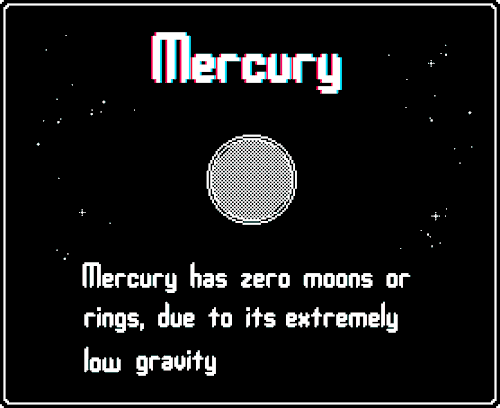
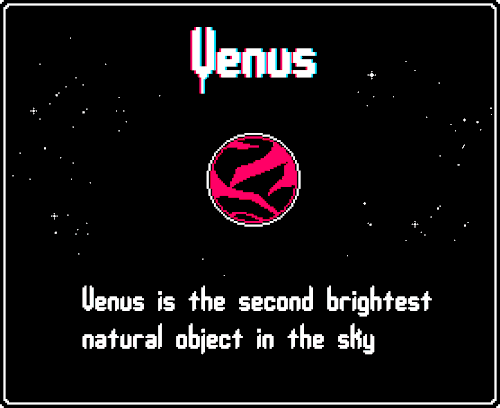
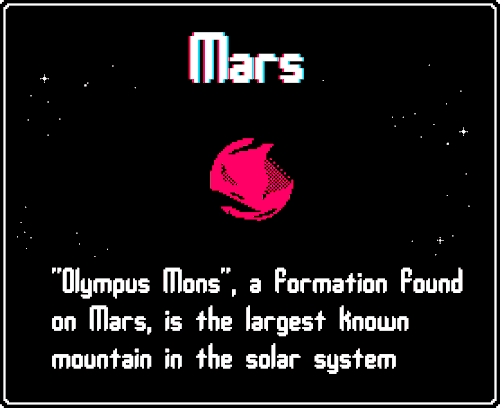
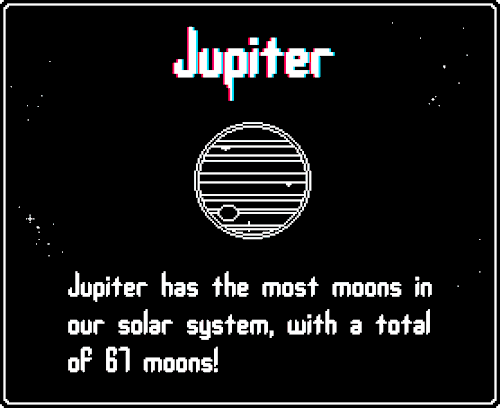
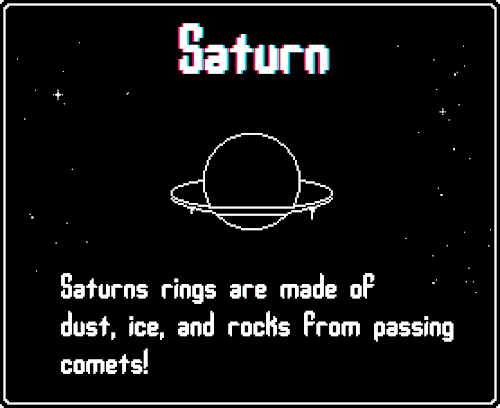
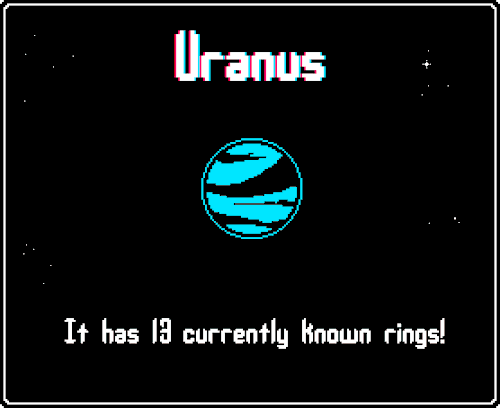
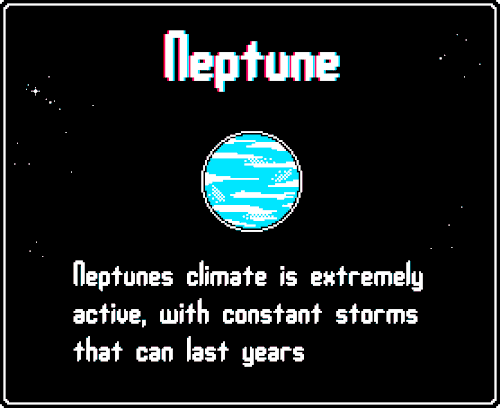
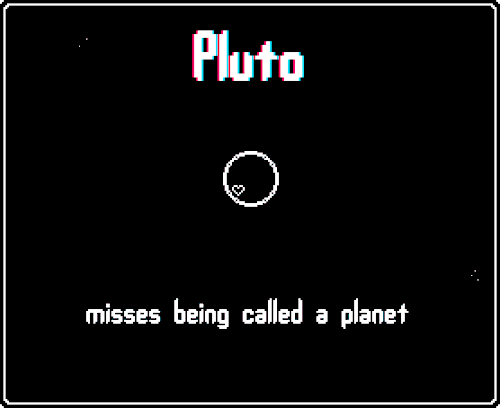
a gifset of planet facts because i rlly love space!!
//please dont remove caption!
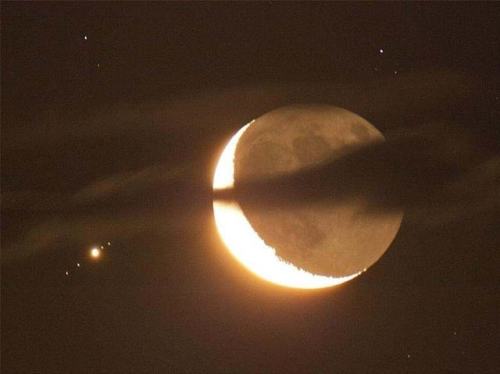
crescent moon, jupiter and four of its moons
A comforting thought
Five thousand years ago, the Sumerians called the night ngi, the stars mul, and the moon Nanna.
Four thousand years ago, the Akkadians called the night mūšu, the stars kakkabū, and the moon Sîn.
Three thousand years ago, the Hittites called the night išpanza, the stars haštereš, and the moon Arma.
Two and a half thousand years ago, the Greeks called the night nux, the stars astra, and the moon Selênê.
Two thousand years ago, the Romans called the night nox, the stars stellae, and the moon Luna.
Kings and queens and heroes looked up at them. So did travelers coming home, and little children who sneaked out of bed. So did slaves, and mothers and soldiers and old shepherds, and Sappho and Muršili and Enheduanna and Socrates and Hatshepsut and Cyrus and Cicero. In this darkness it didn’t matter who they were, or where they stood. Only that they were human.
Think of that tonight, when you close your window. You are not alone. You share this night sky with centuries of dreamers and stargazers, and people who longed for quiet. Are you anxious? The Hittites were too: they called it pittuliyaš. Does your heart ache? The Greeks felt it too: they called it akhos. Those who look up to the stars for comfort are a family, and you belong to them. Your ancestors have stood under Nanna, Sîn, Arma, Selênê and Luna for five thousand years. Now its light is yours.
May it soothe you well.

Life Cycle Of The Sun
Jupiter and three moons by glowworm6a Via Flickr: We were at Lower Goose Lake, Columbia WLR taking night photos, and I could see Jupiter real clear and I wondered if I could take a photo of it. Now usually you use a tracking head to keep the camera and lens on Jupiter but I didn’t have a tracking head. So I set up my 600mm and put a 1.7 extender and started shooting. I set my shutter at 1/800 sec and my fstop to f/6.3. I started at ISO 6400 and kept going up, well at ISO 81,275 I got this photo. Pretty good with out a tracking head. 07/13/2019










Hand Painted Teapots and Saucers
Vitraaze on Etsy
See our #Etsy or #Glass tags

Cygnus Skyscape by 970717
★☆★ SPACE ★☆★






Happy Saturnalia - here’s a closer look at Saturn’s rings!

Chester Idaho near the Snake River tributary Henry’s Fork. Details in comments. by InsulinRage
★☆★ SPACE ★☆★

Lake Blanche, Utah by jswervedizzle
★☆★ SPACE ★☆★


Milky Way Over El Pescadero, Mexico

A galactic mega-merger


soon before sunrise | Victoria, Australia
cafuego on Flickr